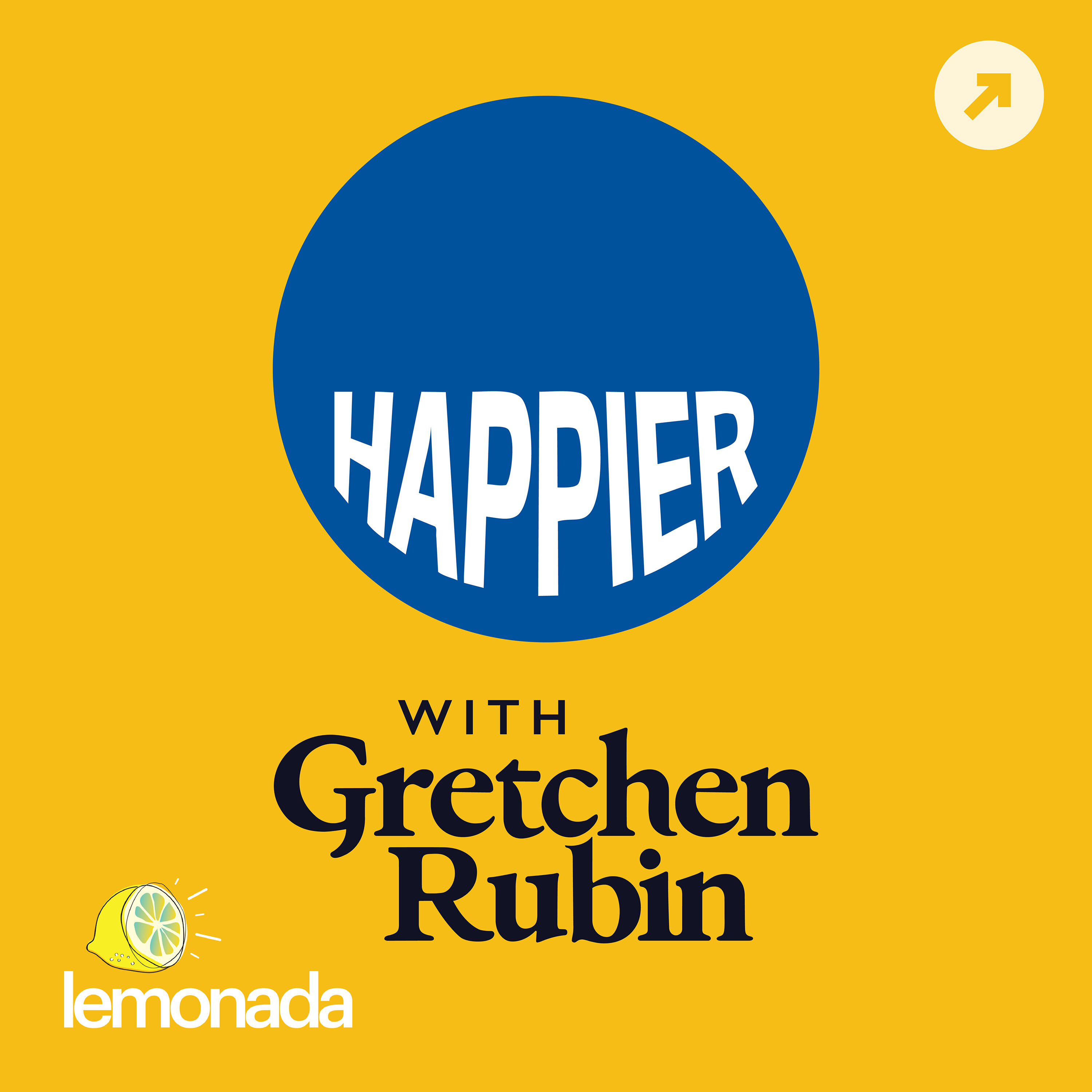
I’m working on a book of aphorisms, which now includes not only aphorisms but also proverbs, paradoxes, and lists of anything I find interesting.
For instance, I’m making a list of terms that delight me. One such term is the “desire path,” which is also known as a “social trail,” a term I also love, or a “use trail.”
A desire path is an unplanned path created by human or animal traffic, and it usually shows the most convenient route between one place and another.
A desire path often emerges when people take a shortcut between more deliberated created paths. You’re in a big public park with carefully manicured lawns and nice sidewalks, but there’s a worn dirt path where people have trampled away the grass because they’ve all taken the same shortcut to get to the street.
In fact, if possible, before putting in pathways, planners will wait to see where desire paths develop—say, by seeing where people have packed down the snow—and then they pave the actual paths to reflect people’s natural patterns.
I’ve thought about a version of desire paths in my own life. For instance, I try to pay attention if I’m often moving an item from one place to another, and if I am, try to figure out a way to store that item closer to wherever it’s actually needed.
For instance, I have an oversized scarf that I always pack in my carry-on bag when I fly, because I get so cold on airplanes. For years, I kept this scarf with the hats, scarves, and mittens in our coat closet. But then I always had to remember to go get it when I was traveling anywhere.
Finally, it dawned on me. I never use this scarf when I’m at home. I only use it on airplane trips. So now I keep it with my travel stuff, not my outdoor gear. And I spend a lot less time fetching and carrying it, and even better, I now never forget to stick it in my travel bag.
As we go through our days, we can look for desire paths—the natural paths that emerge as we move through our days.
